Unlock the Editor’s Digest for free
Roula Khalaf, Editor of the FT, selects her favourite stories in this weekly newsletter.
Sometimes a room requires a full overhaul, and sometimes it just needs a judicious tweak. If colour drenching your living…
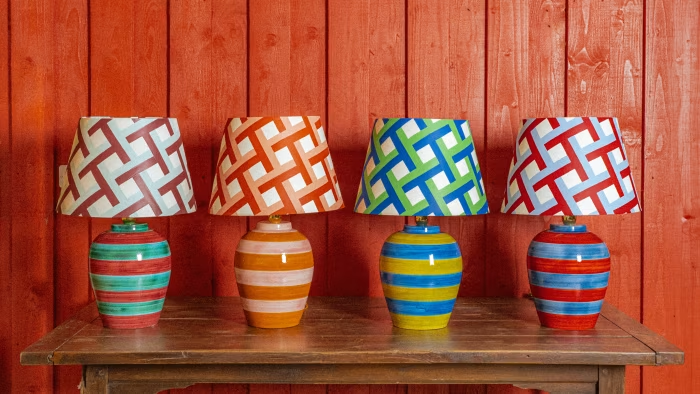
Unlock the Editor’s Digest for free
Roula Khalaf, Editor of the FT, selects her favourite stories in this weekly newsletter.
Sometimes a room requires a full overhaul, and sometimes it just needs a judicious tweak. If colour drenching your living…
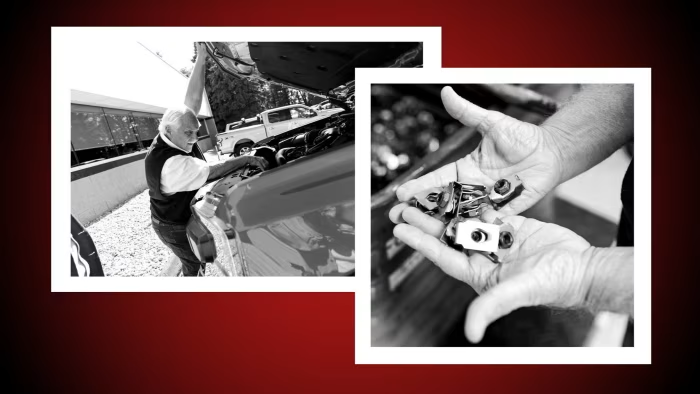
Last March, Team 1 Plastics, a Michigan car parts supplier, ordered a $300,000 injection moulding machine from Japan. By the time it arrived, US President Donald Trump’s tariffs had pushed the price up 15 per cent to $345,000.
“That’s real money where I come from,” said Gary Grigowski, Team 1 Plastic’s vice-president and co-founder. “It’s a cost that has to be recovered somehow.”
Trump’s tariffs were supposed to boost the US car industry. They would shield it from foreign competition, correct trade imbalances and promote the reshoring of jobs outsourced to Asia, according to the White House.
Instead they have thrown the sector into turmoil. Ford, General Motors and Stellantis — the Big Three — are forecasting a combined $7bn tariff-related hit to their earnings in 2025, while the thousands of companies that supply them are reeling from disrupted supply chains, reduced cash flow and higher product prices.
The negative consequences are palpable throughout the state of Michigan, home to more than 1,000 car parts suppliers making everything from powertrains and steering columns to windshield wipers and door handles.
“There’s definitely distress,” said Patrick Anderson, head of Anderson Economic Group, a Michigan-based consulting firm. “And the full effect of tariffs hasn’t even hit yet.”
Michigan’s industrial capital is Detroit, the historic birthplace of the US car sector. Ever since Henry Ford built the world’s first moving assembly line there in 1913, it has been an emblem of the US’s technological and manufacturing prowess.
But that prowess is based on supply chains that are complex and global — and will be hard to replace.
“As much as we want to build walls around ourselves here and live in this protected box, it’s impossible,” said Mary Buchzeiger, chief executive of Lucerne International, which forges and casts vehicle components 30 miles outside Detroit.
“We just don’t have the manufacturing footprint any more . . . to produce everything we need to consume here in the US.”
Suppliers have watched with concern as the Big Three reel from the upheaval caused by tariffs, particularly the 25 per cent levy on imported car parts. “This is a $2bn headwind that really restricts our future investment,” Ford chief executive Jim Farley said last month.
“The automotives are bleeding, and the question is, if they don’t survive, what does it look like for the rest of us?” said Lisa Lunsford, chief executive of GS3, which makes aluminium and steel alloy parts.

One victim of the tariff regime is AlphaUSA, a Detroit-based group that makes precision metal components. Chuck Dardas, president, said the company is incurring additional costs of $250,000 a month because of the 50 per cent tariff it pays on steel nuts it imports from Taiwan — a lot for a company with annual sales of $65mn.
“This is existential for a company our size,” Dardas said.
Already, some players have gone to the wall. In June, Japan’s Marelli, a big supplier to Stellantis and Nissan, filed for bankruptcy protection in Delaware. Its chief executive said it had been “severely affected” by US tariffs.
Gretchen Whitmer, Michigan’s Democratic governor, has at times sounded sympathetic to Trump’s approach to trade, bemoaning “decades of offshoring and outsourcing” that “shipped hundreds of thousands of good-paying, middle-class jobs overseas”.
But she has also lamented the tariff-related uncertainty that has prompted some companies to scale back or consider moving production overseas. “Dangerously ironic, the national tariff chaos does the opposite of the administration’s goal — companies are cutting, not creating jobs in Michigan,” she said.
Glenn Stevens, executive director of MichAuto, a lobby group, said the industry’s situation is “unprecedented”. “We’ve been through a lot of inflection points, but I don’t think I’ve ever seen anything like the dynamics at play here,” he said.
Tariffs are just the latest setback for a sector bedevilled by disruption. First came a pandemic that jolted global supply chains. Then, a slump in demand for electric vehicles threw carmakers’ expansion plans into disarray. Now, they face a growing threat from Chinese rivals challenging their global dominance in traditional markets.
“Our industry is already a mess, and [the tariffs] are a mess on top of a mess,” said Buchzeiger. She said Lucerne International is paying a 72.5 per cent tariff on the goods it produces in China and imports to the US.
Suppliers say the worst aspect of the new policy is its haphazard nature. Pat D’Eramo, chief executive of Martinrea International, a Canadian parts supplier with engineering facilities in Michigan, cited the US government’s shock decision in August to expand the steel and aluminium derivative products subject to import levies
“That drove some commodity prices up as much as 400 per cent,” said D’Eramo.
The tariffs have created anomalies that, to many, seem illogical. D’Eramo said Martinrea pours stainless steel in Indiana which it sends to Canada to be made into tubes. “When it comes back we have to pay a tariff on both the stainless steel — that was American-made — as well as the tube,” he said. “There’s some slop in the system.”
Suppliers are in the painful position of having to pay the tariff upfront and then wait to be reimbursed by their customers — a process that cuts into cash flow and vastly increases their working capital costs.
AlphaUSA’s Dardas is negotiating with his customers to receive compensation, but some carmakers are refusing to pay all the tariff-related costs incurred by their suppliers. “I won’t be having this conversation with you this time next year if we don’t get recovery,” he said.

Some big car companies have demanded suppliers source more of their raw materials and parts in the US, but that can be hard to do.
Dardas said he approached several US manufacturers of nuts but “99.9 per cent of the time” the price they quoted was higher than the cost of the Taiwanese product, even including the tariff.
Grigowski said Team 1 Plastics had the same problem: there was no alternative to the $345,000 Japanese machine he bought earlier this year. “Seventy per cent of injection moulding machines are imported,” he said.
The smaller the company, the greater the disruption can be. Carrin Harris, head of Blitz Proto, a three-person prototyping firm in Farmington Hills, Michigan, said the price of the stainless steel components it uses rose 21 per cent between April and September. Other parts are now 50 per cent more expensive than before the tariffs.
That has wreaked havoc on the company’s price estimates. In the past, any quote it made for a job was valid for 30 days, she said. Now, it expires after a week. “Costs were changing on a day-to-day basis due to fluctuations in tariffs,” she said. “[So] there’s no way we can accurately determine what the cost is going to be anymore.”
While the levies have not fed into car prices, analysts say it is only a matter of time — especially once dealers exhaust pre-tariff inventories.
Gabriel Ehrlich, an economic forecaster at the University of Michigan, predicts the price of domestic and imported vehicles will increase 9.6 per cent on average over the several years it takes supply chains to adapt to Trump’s tariffs.
“Using 2024 prices this would raise the average cost of a vehicle by roughly $4,500 if profit margins stay the same,” he wrote in September.
Ehrlich said he also expects tariffs to trigger a decline in domestic car production, with the output of light vehicles falling by 313,000 units, or 3.1 per cent, annually. Light vehicle sales will fall by nearly 780,000 units a year and exports by 320,000 units, he predicted.
The levy on imported steel and aluminium is a key driver of the cost increases that have hit the industry, he added.
“Overall there’s a net cost to the state of Michigan, because those are major inputs into cars and light trucks,” Ehrlich said.
Meanwhile, car parts suppliers yearn for more stable times. “When are we going to get a break?” said D’Eramo of Martinrea. “Because it’s been five years of battle after battle and our margins have shrunk throughout all of this.”

Unlock the Editor’s Digest for free
Roula Khalaf, Editor of the FT, selects her favourite stories in this weekly newsletter.
Svenskt Tenn, the Swedish home furnishings and interior design company, has always been a curiosity. A commercial entity…

In late October 1975, a heavily shielded spacecraft, the Soviet Union’s Venera 9, parachuted into the atmosphere of Venus.
Then, having landed, it did something extraordinary: it beamed back the first images ever captured from the surface of…

For many nature enthusiasts, few scenes are as distressing as finding a stranded whale or dolphin lying helpless on the beach. When these animals are still alive, marine biologists and volunteers rush to assist, shielding them from the sun and…

For many nature enthusiasts, few scenes are as distressing as finding a stranded whale or dolphin lying helpless on the beach. When these animals are still alive, marine biologists and volunteers rush to assist, shielding them from the sun and…

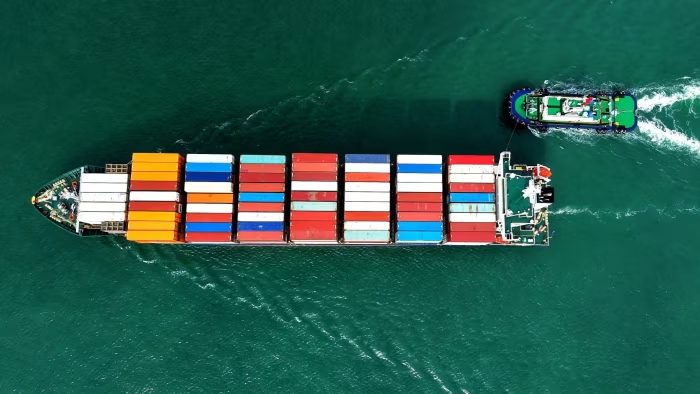
Unlock the White House Watch newsletter for free
Your guide to what Trump’s second term means for Washington, business and the world
China has slammed Donald Trump’s plan to impose additional 100 per cent tariffs on Chinese exports and threatened new countermeasures as it blamed the US for a rapid deterioration of relations between the world’s two biggest economies.
In a statement the commerce ministry said that since the two countries held trade talks in Madrid last month the US had “continuously introduced a series of new restrictions against China”, including putting Chinese companies on a trade blacklist.
“China’s position on tariff wars has been consistent: we do not want to fight, but we are not afraid to fight,” the ministry said on Sunday.
In the latest escalation in the two countries’ trade war, the US president said on Friday that he would impose “large scale” export controls on “virtually every product they make” including “all critical software”, alongside the new tariffs. The new measures will be imposed on or before November 1, according to a social media post by Trump.
“Threatening to impose high tariffs at every turn is not the right way to engage with China,” the commerce ministry said. “Should the US persist in its course, China will resolutely take corresponding measures to safeguard its legitimate rights and interests.”
Trump’s threat followed a volley of trade measures by China over the past two days that expanded its export controls on rare earths and related technologies, as well as equipment and materials for making batteries.
Beijing also launched an antitrust investigation into US chipmaker Qualcomm and imposed fees on American-owned ships docking at Chinese ports.
Beijing’s actions this week appeared to be a strategy to exert leverage ahead of an expected face-to-face meeting between Trump and Xi in South Korea. Trump on Friday cast doubt on whether the meeting would go ahead but later said they would probably meet.
China’s new export controls have sparked fears of widespread disruptions to global manufacturing.
Beijing said on Sunday that the impact on supply chains would be “extremely limited” and insisted companies “need not worry”, saying any applications for civilian use that comply with regulations would be approved.
The commerce ministry added that the US side had for a long time “abused export controls” and overstretched the concept of national security.
Trump’s statement, issued via his Truth Social media platform, raises the prospects of an end to the détente in the US-China trade war since a truce reached in Geneva in May.
Before that a virtual trade embargo loomed between the two countries after Trump hit Beijing with 145 per cent tariffs and Xi retaliated with 125 per cent levies on goods coming from the US.
Feng Chucheng, a Beijing-based founding partner at Hutong Research, an independent advisory, said following the Madrid talks both sides had appeared aligned in avoiding escalation ahead of the proposed Xi-Trump meeting in late October.
However, that changed after the US decision in September to tighten export controls on Chinese companies, to make it harder to circumvent rules designed to slow China’s ability to develop advanced semiconductors.
Beijing has also opposed Washington’s decision to increase fees for China-built vessels visiting US ports.
“From Xi’s perspective, these actions are not only substantive escalations but further confirmation of low credibility of the Trump administration,” Feng said.
He said Beijing was reactivating a playbook used after Trump’s initial tariffs in April, “escalating first to force a negotiation reset, rather than waiting passively for the next talks”.
The White House, US Trade Representative and Treasury did not immediately respond to requests for comment.
Yanmei Xie, a senior associate fellow with the Mercator Institute for China Studies, said while the US had leverage on trade, and both countries were exposed to the others’ export controls, China might have the “upper hand” when it came to vulnerabilities in the corporate sector.
“There are way more American companies producing in China than the other way around, and some of them, like Apple and Tesla, are the crown jewel of corporate America,” she said.
Cory Combs, associate director of Beijing-based consultancy Trivium China, said Trump’s latest escalation, including threatening to walk away from talks with Xi, might spark a recalibration from Beijing.
“Realistically I think Beijing is rapidly adjusting the approach — and perhaps the leadership does not even know exactly what is next,” he said.
Additional contributions by Wang Xueqiao in Shanghai
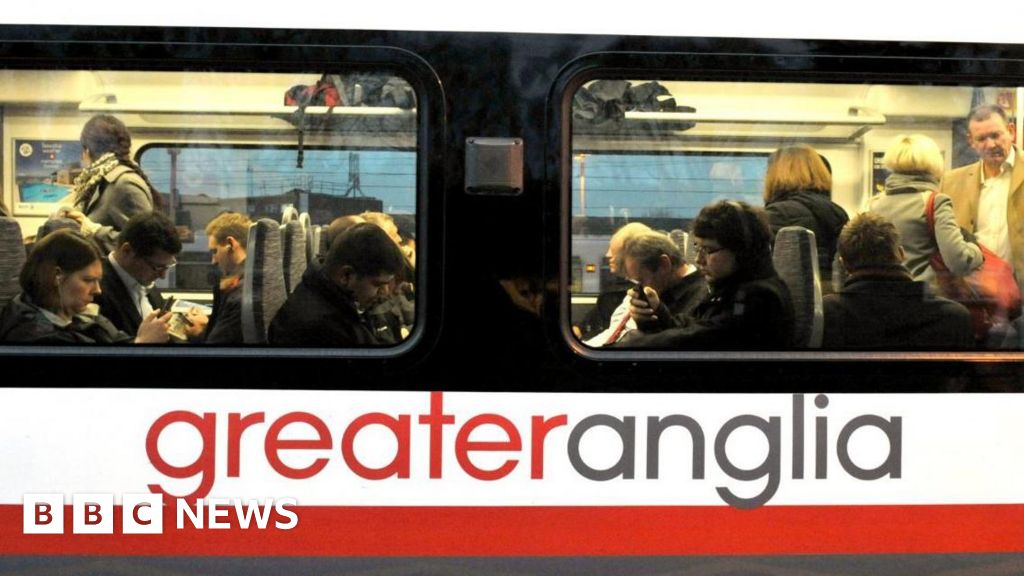
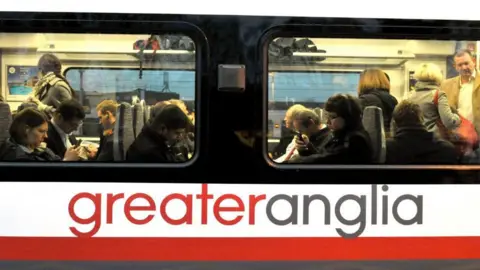 PA Media
PA MediaGreater Anglia has become the latest rail operator to enter into public ownership as part of the government’s renationalisation of the network.
The company runs trains from Cambridge, Ipswich, Norwich and Colchester to London, as well as Stansted Airport, Peterborough and smaller lines.
Its transfer on Sunday means half of all rail operators are publicly owned, which Greater Anglia described as another step towards a “simpler, more unified” network of Great British Railways.
“Passengers commuting into Norwich or heading for a day out in Cambridge will be travelling on services that are owned by the public, and run with their interests front of mind,” said Transport Secretary Heidi Alexander.
“We’re reforming a fragmented system and laying the foundations for a more reliable, efficient and accountable railway – one that puts passengers first and delivers the high standards they rightly expect.”
 Martin Giles/BBC
Martin Giles/BBCLast week Greater Anglia, which handled 81.8 million passenger journeys in 2024-25, was named Rail Operator of the Year at the National Transport Awards.
The Department for Transport (DfT) said the company, with government support, would continue to deliver regional growth.
Two new stations are opening — Beaulieu Park in north Chelmsford this month and Cambridge South early next year — and the operator has a new fleet of bi-mode trains.
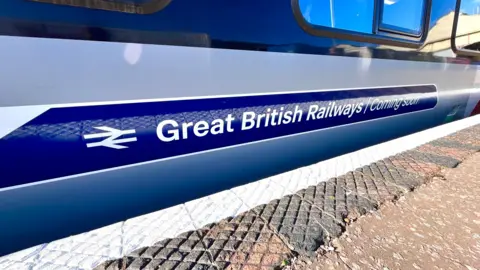 Martin Giles/BBC
Martin Giles/BBCGreater Anglia’s managing director Martin Beable said the move was an “exciting opportunity” to build on its success.
“By working more closely with the wider family of publicly owned operators, we can share expertise, drive innovation, and deliver even better journeys for our passengers across the Anglia region,” he added.
“This transition also brings us one step closer to Great British Railways – a simpler, more unified network that puts passengers at its heart.
“Together, we can create a railway that drives growth, sustainability, and pride for the communities we serve and right across the UK.”
Greater Anglia joins c2c, Northern, TransPennine Express, Southeastern, LNER and South Western Railway, which are currently operated by DfT Operator Limited (DFTO) on behalf of the government.
West Midlands Trains services will transfer back to the state on 1 February, followed by Govia Thameslink Railway (GTR) on 31 May, with Chiltern Railways and Great Western Railways services expected to follow, the DfT said.